How Common Is Prescription Pain Medication Addiction?

Substance use disorders are unfortunately not uncommon. However, the United States has seen an alarming rise in prescription pain medication addiction. According to the National Institute on Drug Abuse, the rate of overdose fatalities from opioid medication has increased fivefold. The good news is that there are increasingly more resources and information regarding misuse of painkillers available. For those who are struggling, or for their loved ones, understanding the problem can be the first step toward getting help.
Why Pain Meds Are So Addictive and Rehabilitation So Challenging
Medications that combat pain are a double-edged sword. They are a blessing to patients who are in physical agony and can’t find relief through other pain management methods. However, they come with a high risk of dependency due to how they interact with endorphins to produce a high that the body wants to experience over and over. In order to reach the same levels of satisfaction, the amount that must be taken increases over time. This is why pain pills are classified as high-schedule (dangerous) controlled substances.
Other factors further increase the potential for addiction, such as form of ingestion, prior substance activity, mental health, age, and biological gender.
The high level of addiction makes quitting difficult and dangerous. Proper detoxification requires the direction and supervision of a doctor, which isn’t available for some people. Recovery also takes additional aids, such as counseling and support groups.
Why Prescription Meds Are Easy to Obtain
Unlike street drugs, prescription drugs can be obtained legally for valid reasons, making them more accessible. All they require is a prescription from a qualified health care provider. Most of the time, the initial use is appropriate.
For example, a patient may be given hydrocodone or oxycodone after undergoing surgery. However, if the person stays on the medication for too long, the risk of pain pill addiction increases. The patient may lie about continuing pain in order to receive more refills. If the doctor refuses, disorganization in the medical record system can potentially allow the patient to see a new provider and secure another prescription.
Many people don’t keep their pain meds in a safe place, either, allowing for easy access to other family members. Some people may also willingly share their pills to avoid wasting leftover pills or to help a friend.
Symptoms of Prescription Drug Abuse
Not everyone who takes pain medication will become addicted, so it is important to know what the signs are:
- Taking a higher and/or more frequent dose than prescribed
- Snorting or injecting the medicine for more immediate and potent results
- Lying, stealing, or committing fraud to receive more pills
- Experiencing withdrawals
- Having mood swings and changes in behavior
- Missing work and social obligations
Note that usage can start out as non-medical by obtaining pills through other means, so signs such as visiting multiple doctors for prescriptions may not be applicable.
Where to Go for Help
If you recognize these symptoms in yourself or someone you care about, there is lots of compassionate help available. You are not alone, and there is no shame in choosing to recover. Start your search for the right treatment with a substance abuse assessment.



